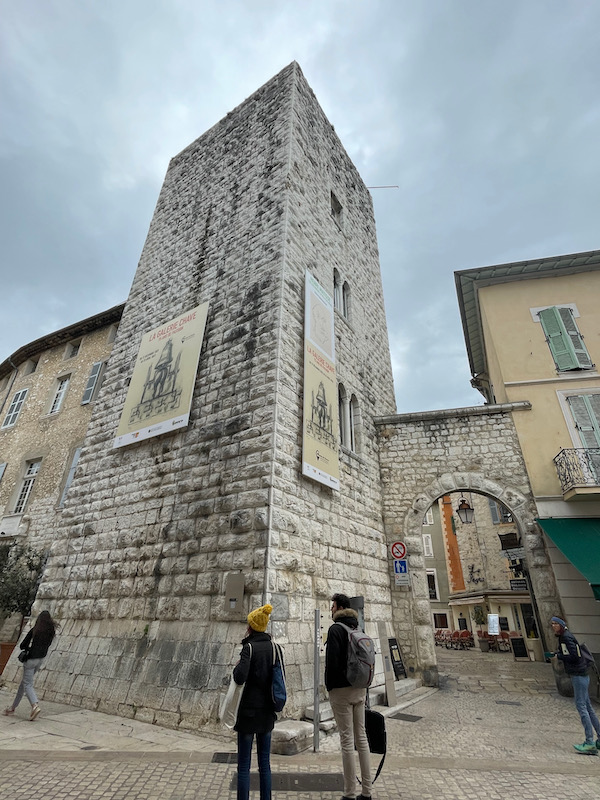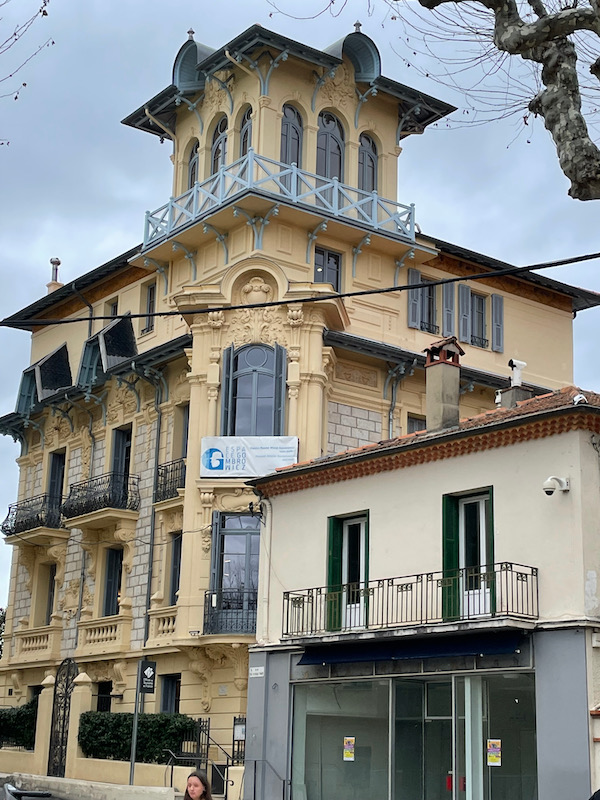Our Blog - Cote d'Azur - Vence, France
Nestled within a fortified enclosure dating from the Middle Ages, the heart of the city has been well-preserved. Of the three villages that we visited that are near each other (Vence, Saint-Paul-de-Vence and Haut-de-Cagnes), this one probably was my least favorite. I didn't have that many specific historical sites to see and the one thing that I was most looking forward to, a special pastry, I wasn't able to find. I had written down a specific pastry shop, and the Office of Tourism gave me the name of the same shop, but it was closed that day.
The historic city-center is still within a fortified enclosure dating from the Middle Ages, and here is one of the gates into that old town.
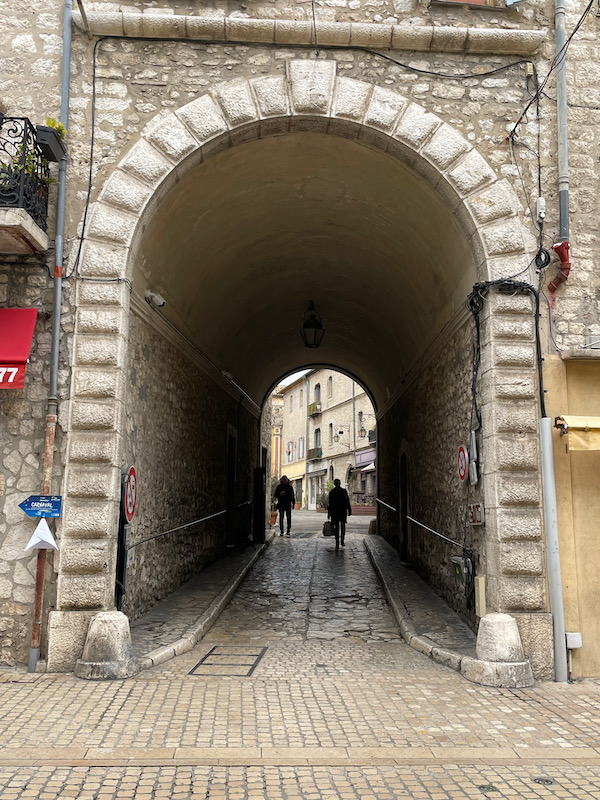
The Notre-Dame de la Nativity Cathedral was the seat of the former diocese of Vence. Built on the site of a Roman temple and then a Carolingian church. It is, in fact, the smallest cathedral in all of France, probably because the diocese here was the smallest and poorest in the country. The front of the cathedral features a facade of yellow, ochre and gold, very common colors in Provence. You can see the tall Saint-Lambert Tower, which dates from the 12th century, which takes its name from the fact that Saint Lambert lived here during his time as bishop.
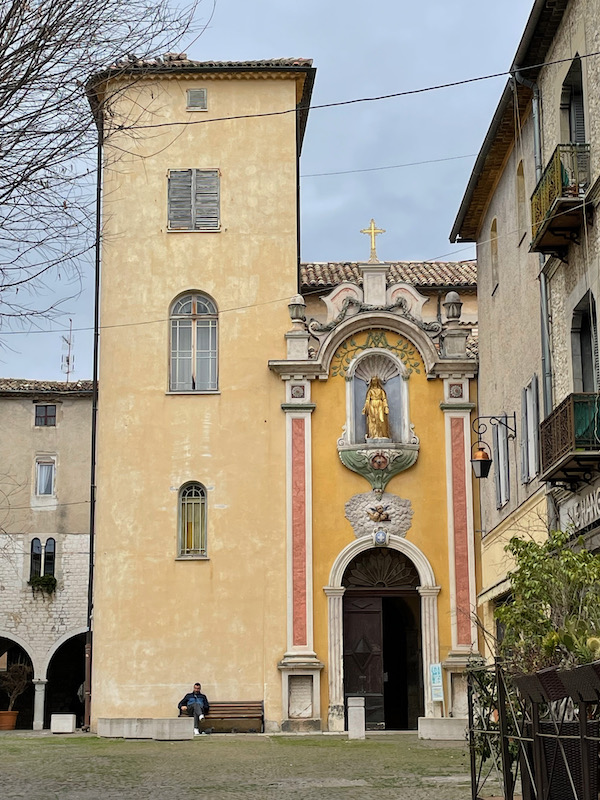
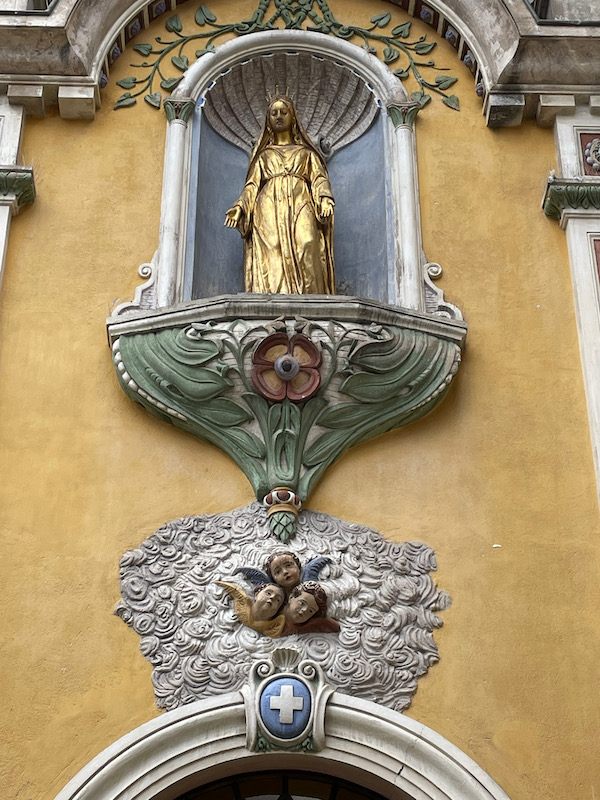
One of the things that this church is known for is a mosaic in the baptistry by the artist Marc Chagall representing Moses saved from the waters. The artist, who lived in Vence from 1950 to 1966, gave this to the church in 1979. It has a really nice sculpted "frame" around it and the baptism font below it.
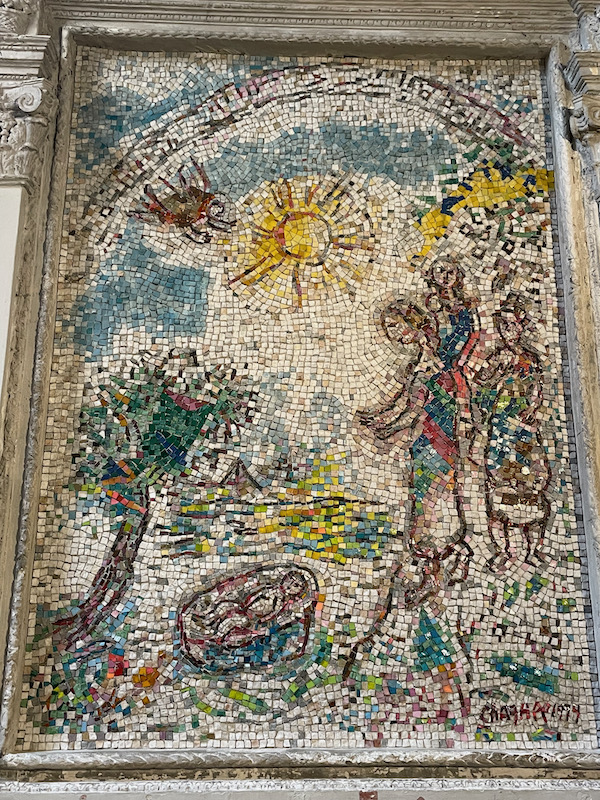
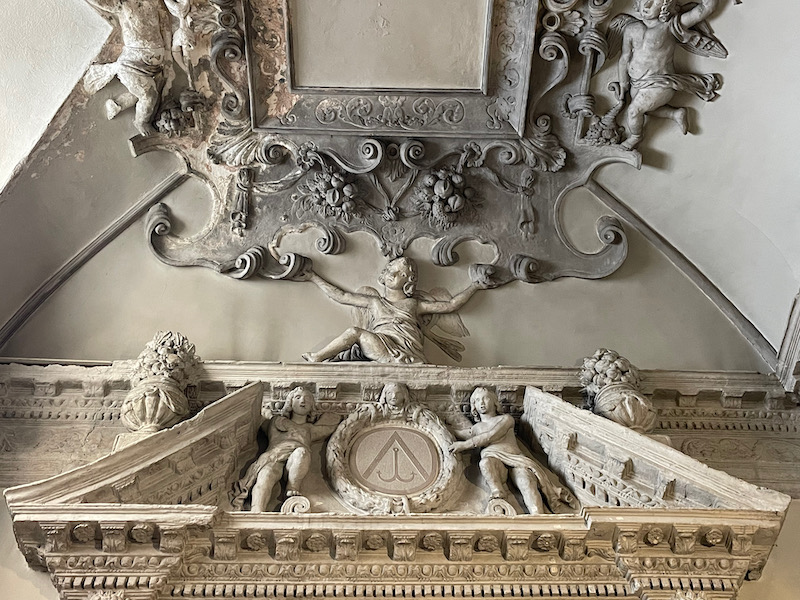
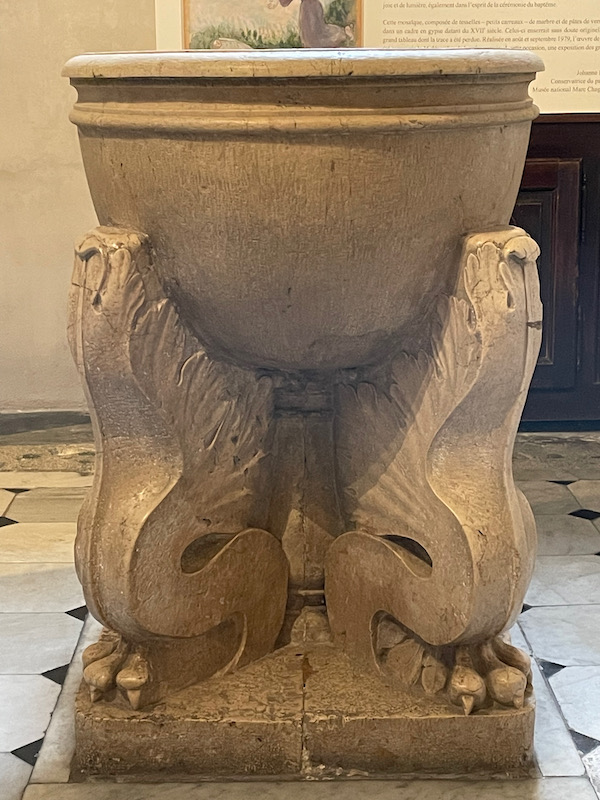
This is the Altarpiece of the Guardian Angel, which they think dates to the 1700's but nobody is exactly sure. There is a central painting showing the angel Gabriel with the young Tobias and a small dog. Each side contains more paintings of various saints.
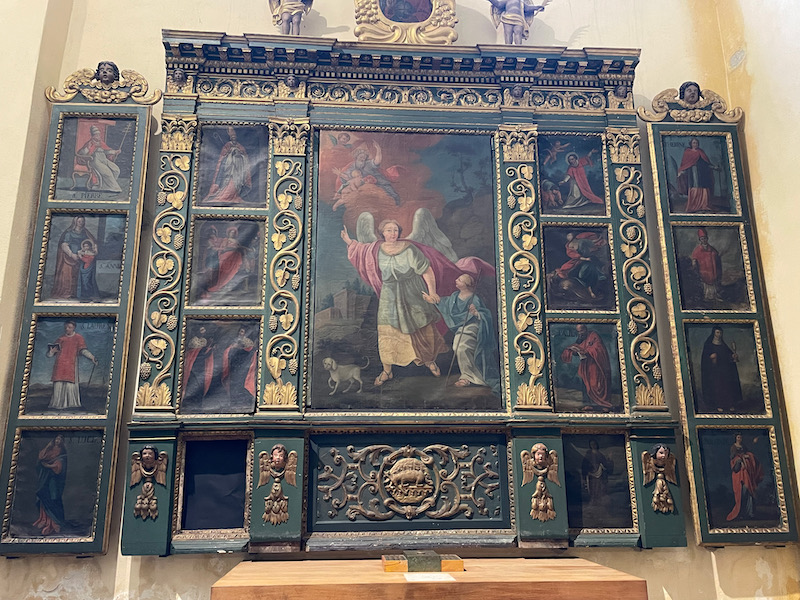
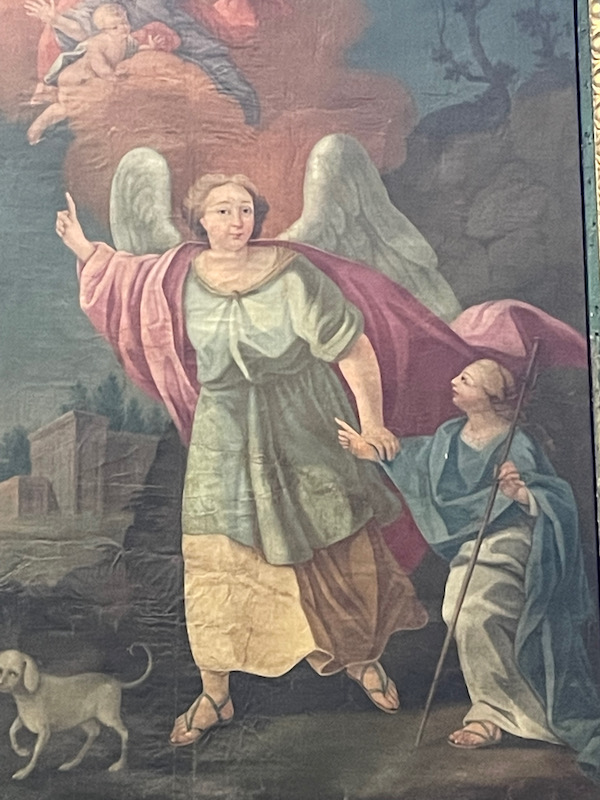
Throughout the church, you can find fragments of stonework and wooden doors, like these, which date back to the Carolingian church that was here from the 13th to 15th centuries.
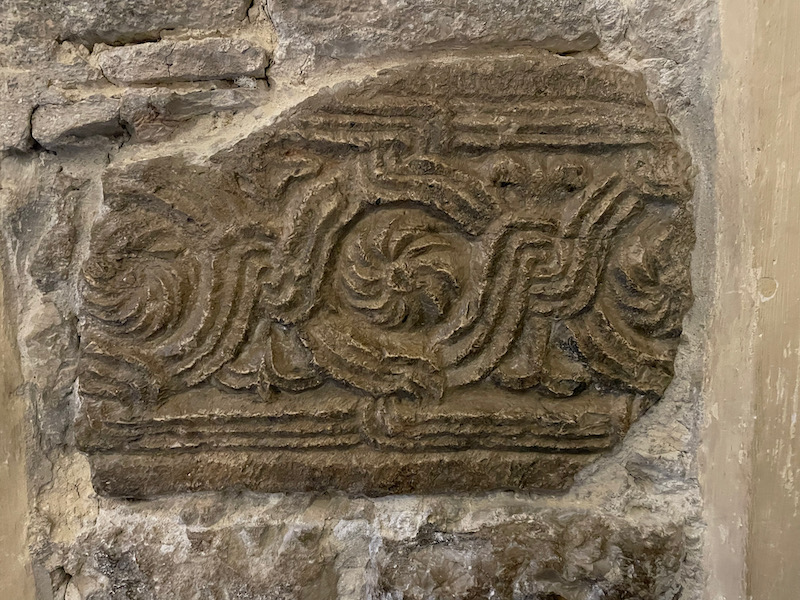
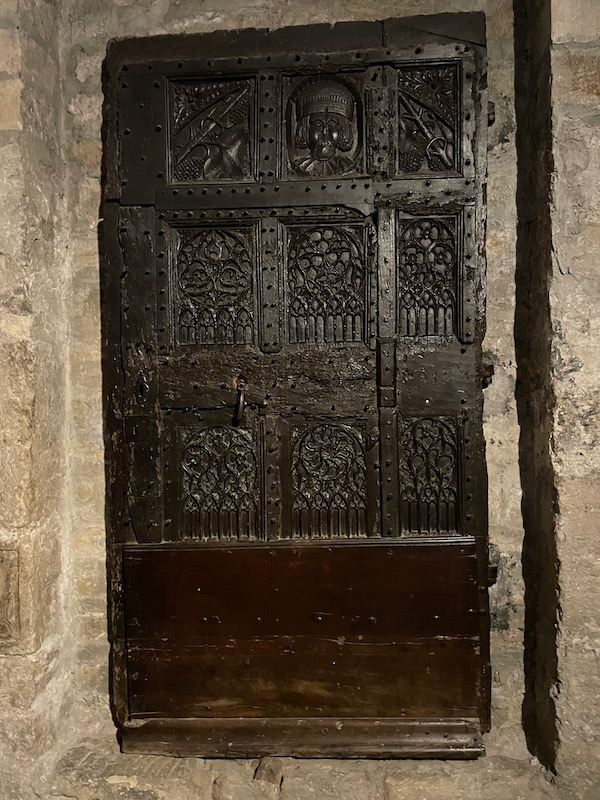
There is a small chapel which dates back to the 13th century with the portraits of Saint Véran and Saint Lambert, as well as one of 16 chancel plates sent by Charlemagne in the year 800.
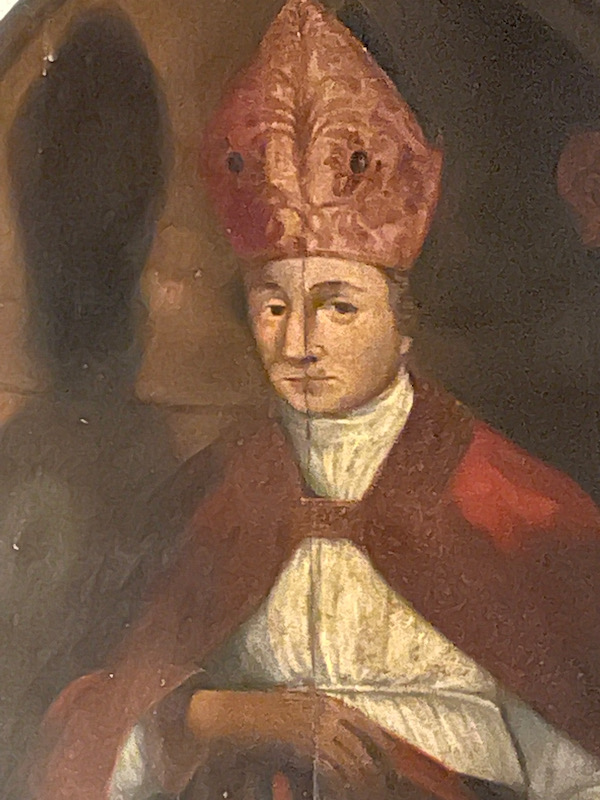
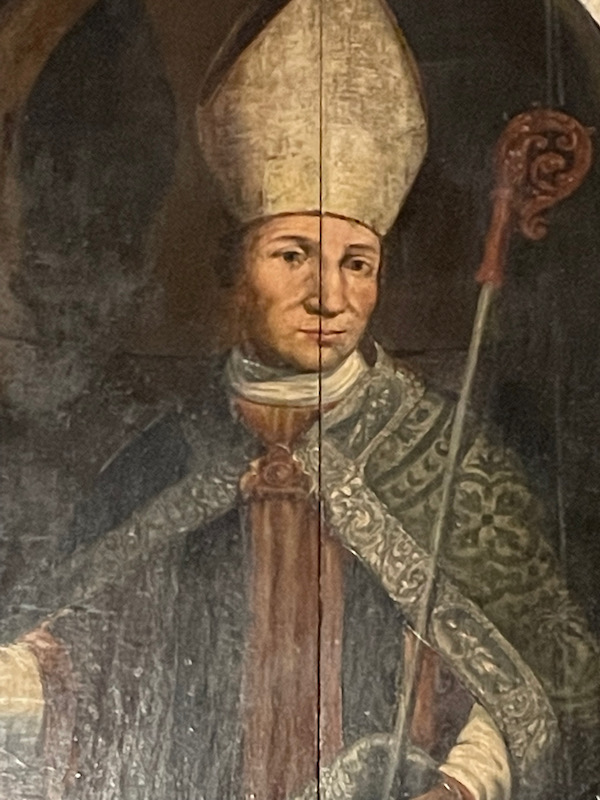
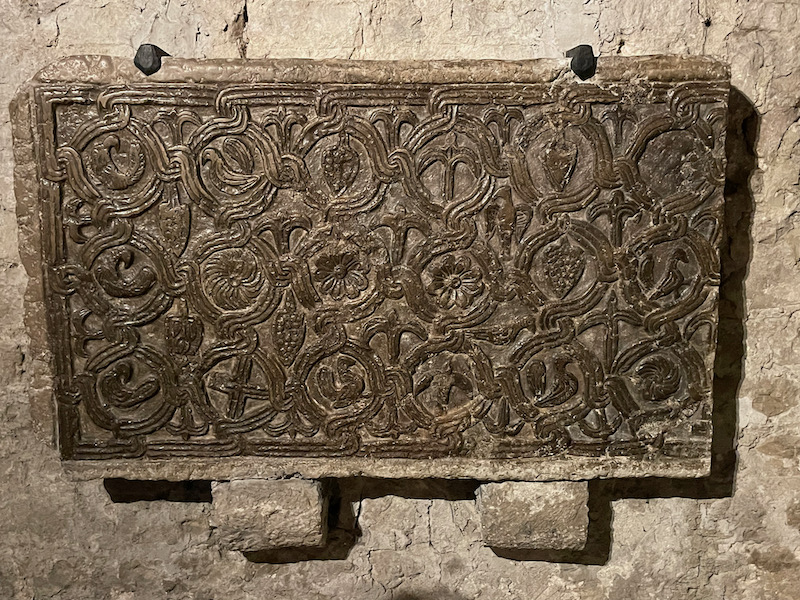
Upstairs is the treasury, and one of the more interesting things they have there is a collection of statues that made up the Calvary of Vence, which was previously in one of the residential areas. The painted hardwood statues date from the 17th and 18th centuries. This first statue is Jesus on the Mount of Olives.
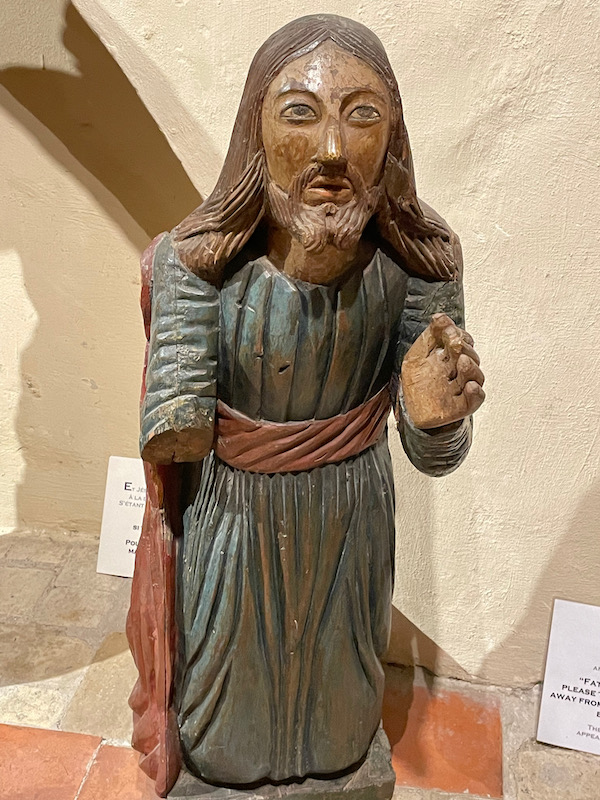
This is called the Remorse of Peter, and shows Saint Peter's denial.
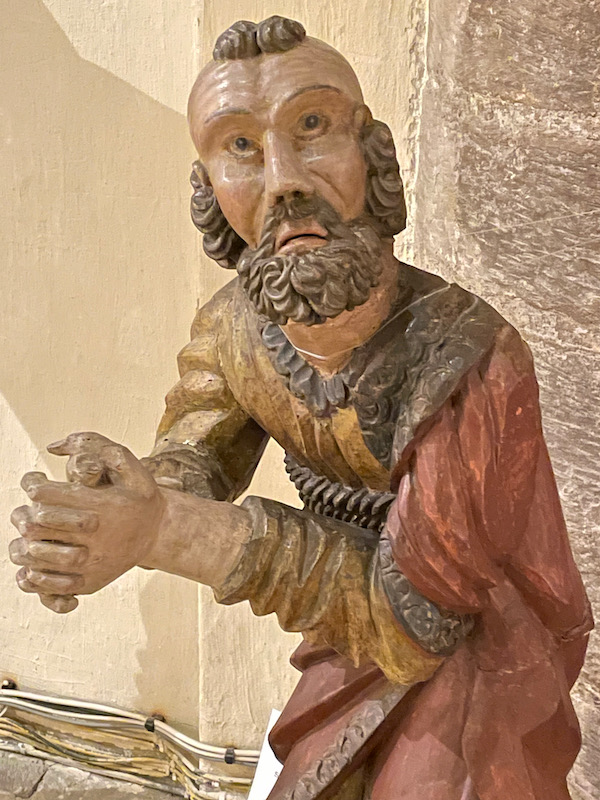
These carved wood stalls were created by a craftsman from the nearby town of Grasse between 1455 and 1460. The Gothic-style stalls were moved from the choir of the cathedral a small chapel next to the treasury in 1499.
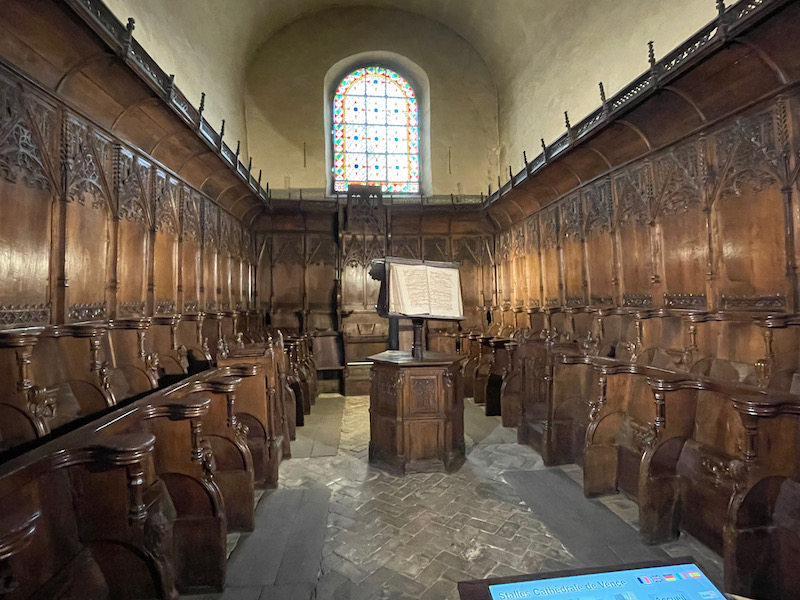
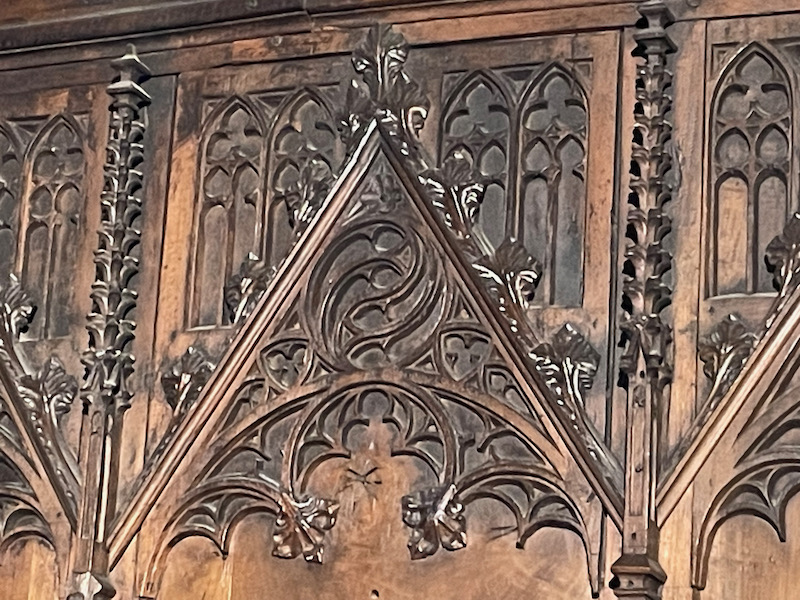
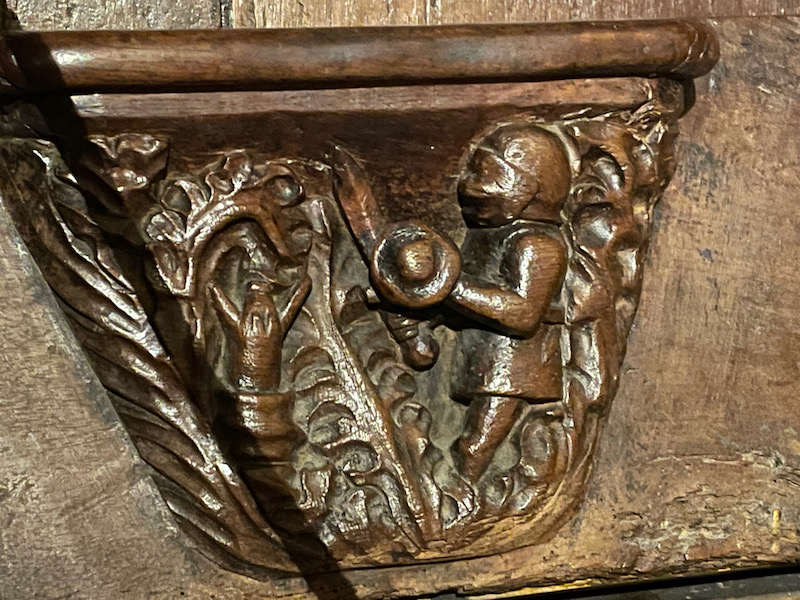
Within the treasury, there are liturgical clothes from the bishops of Vence dating back to 1636 as well as a large collection of silver, paperolles, and paintings from the 17th and 18th centuries. The "paperolles" were the most interesting to me. Paperolles (or Quilling in English) involves thin strips of paper that are rolled, looped, curled, twisted, or otherwise manipulated to create shapes. We see this quite a bit with some Christmas ornaments and cards, but these were unbelievable. I took a few pictures of one of them, the first being almost the entire thing and then a couple close-ups to show the detail work.
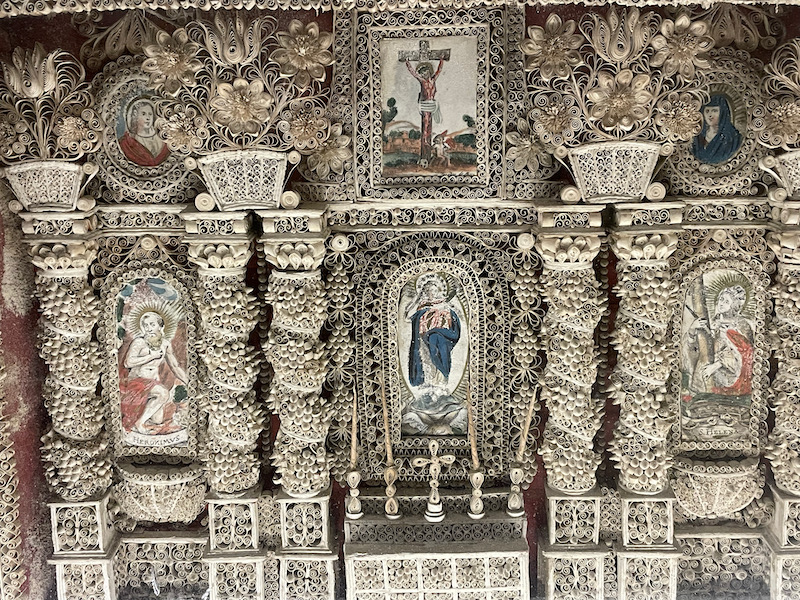
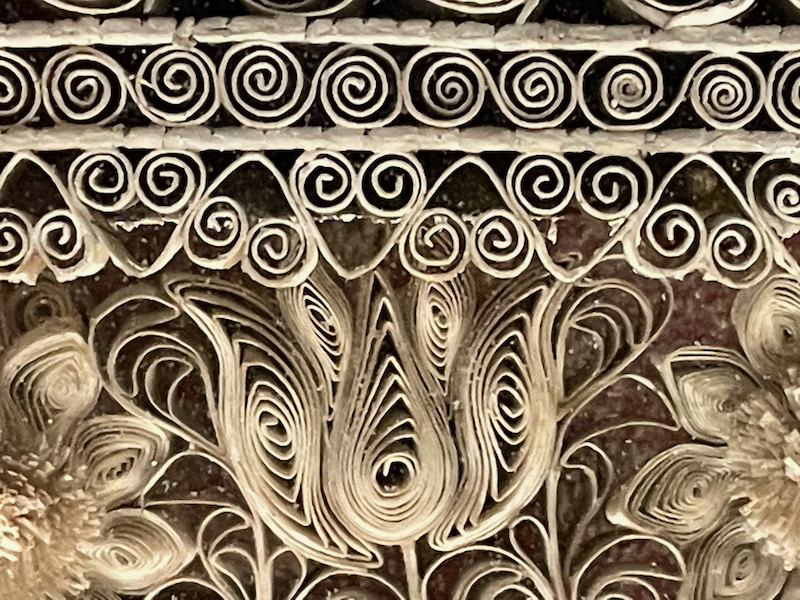
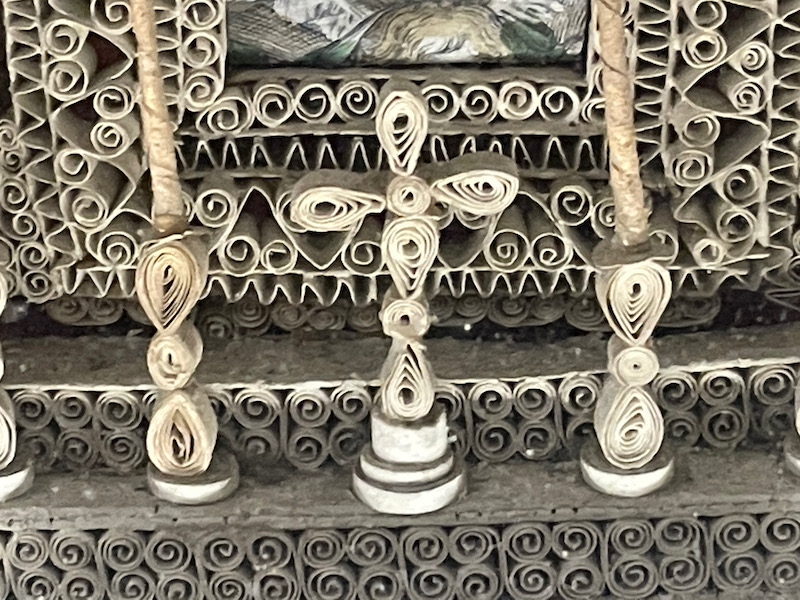
Then back in town, this tower dates back to the end of the 13th century. And I have no idea what the building in the last picture used to be, but it was probably the most interesting building architecturally that I saw in town.
